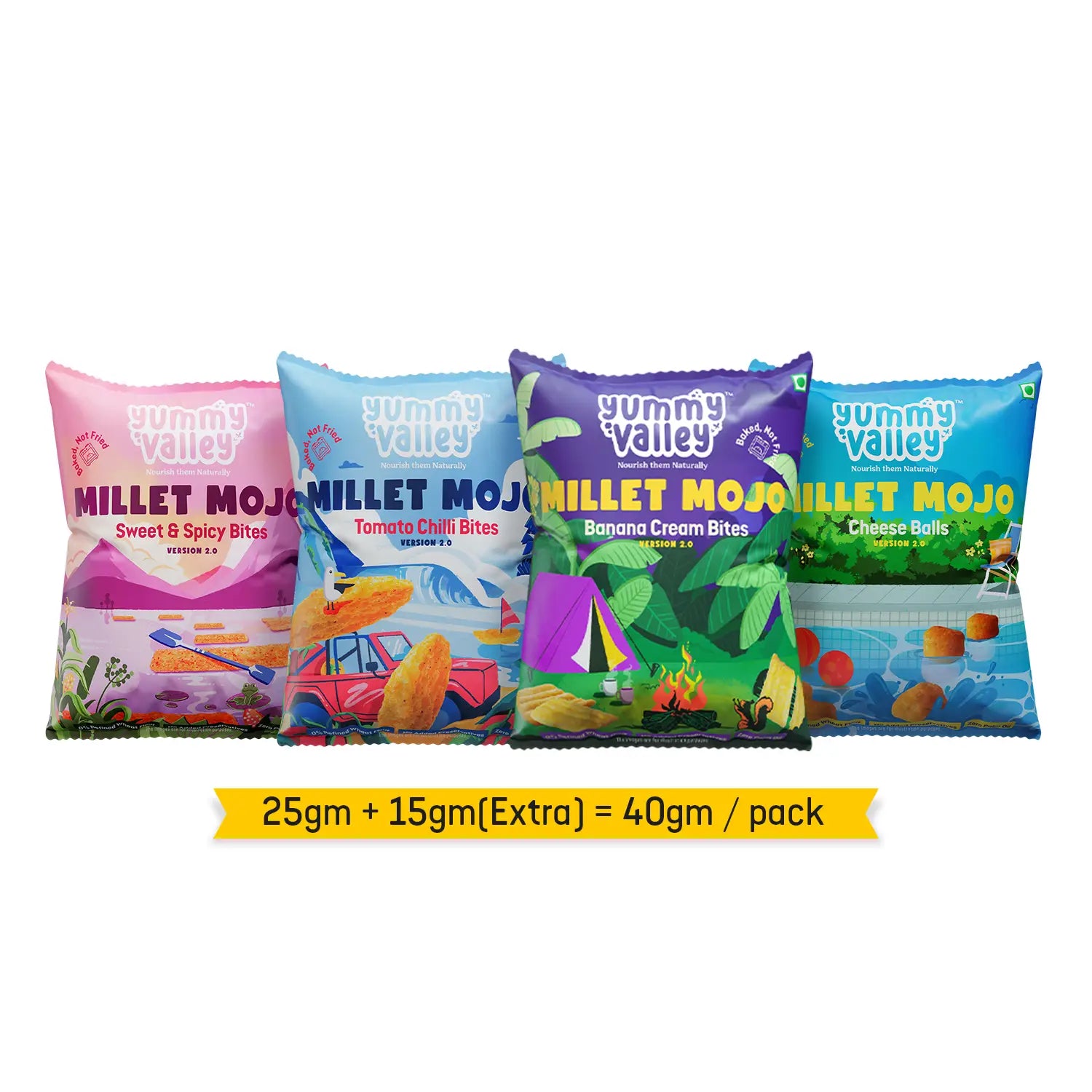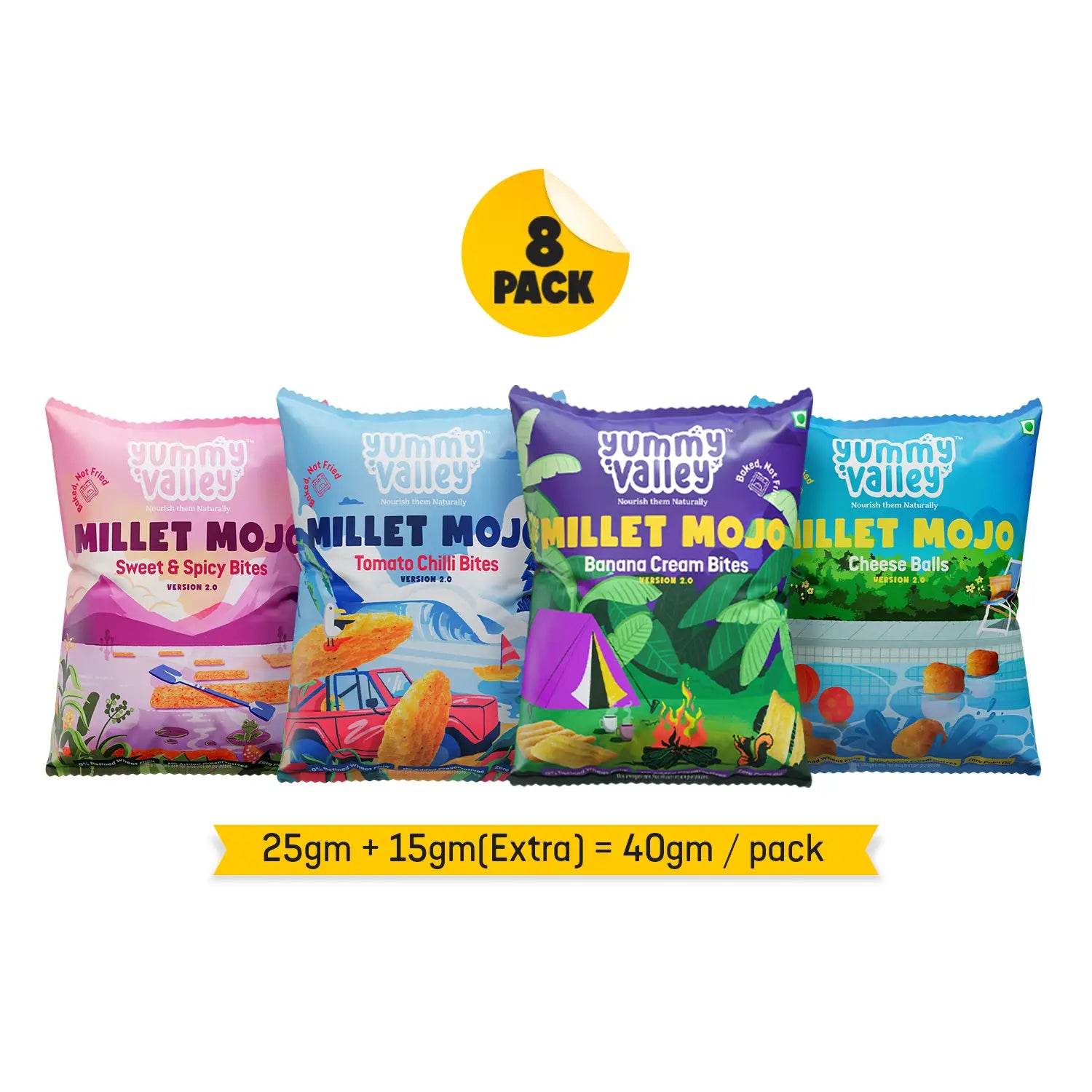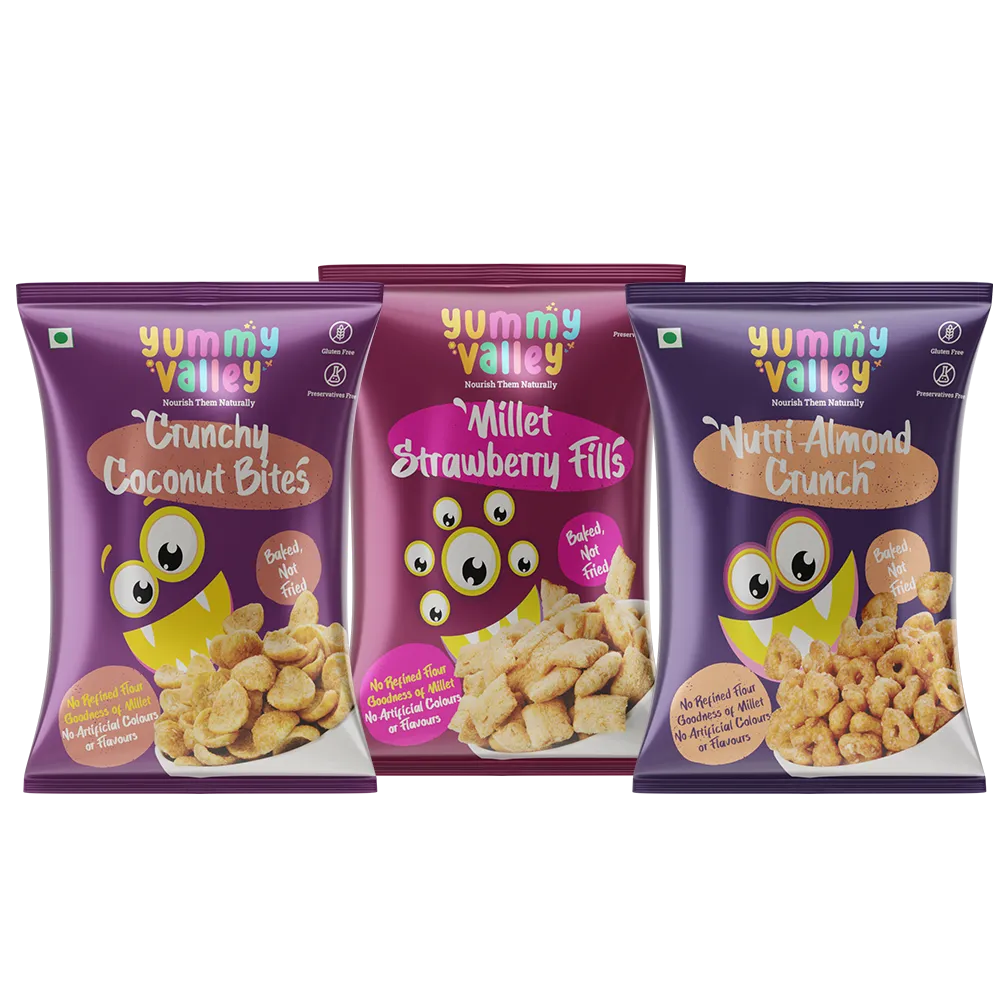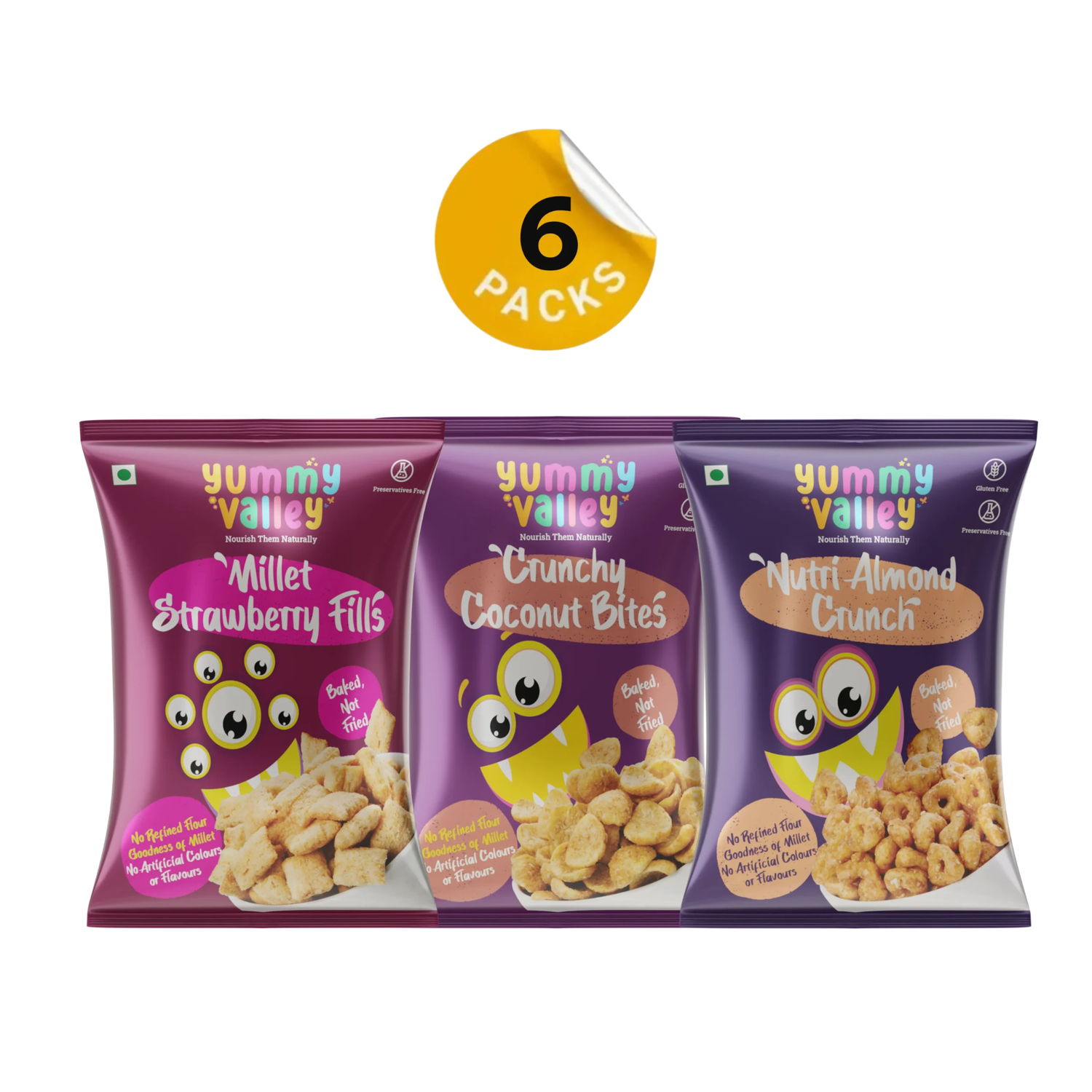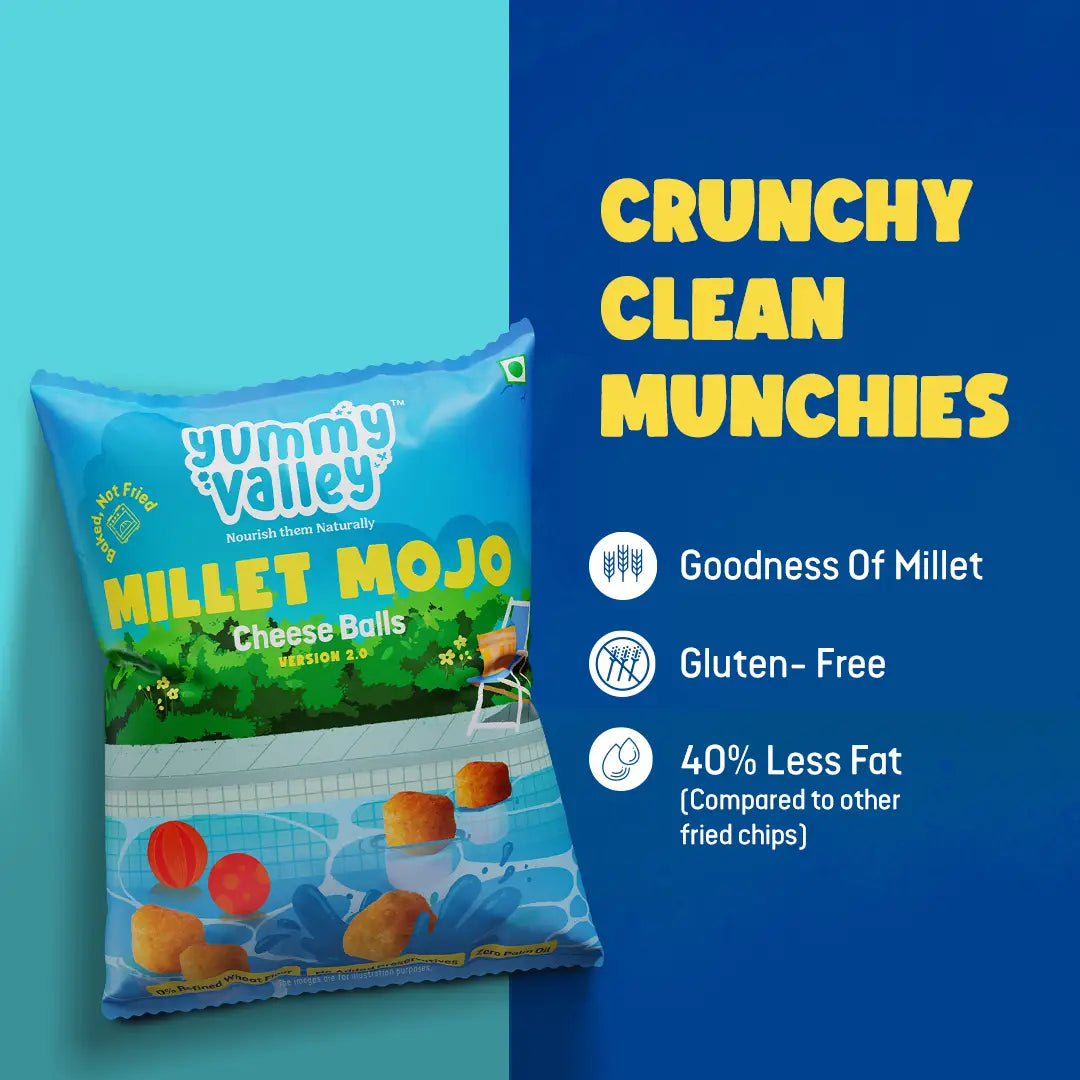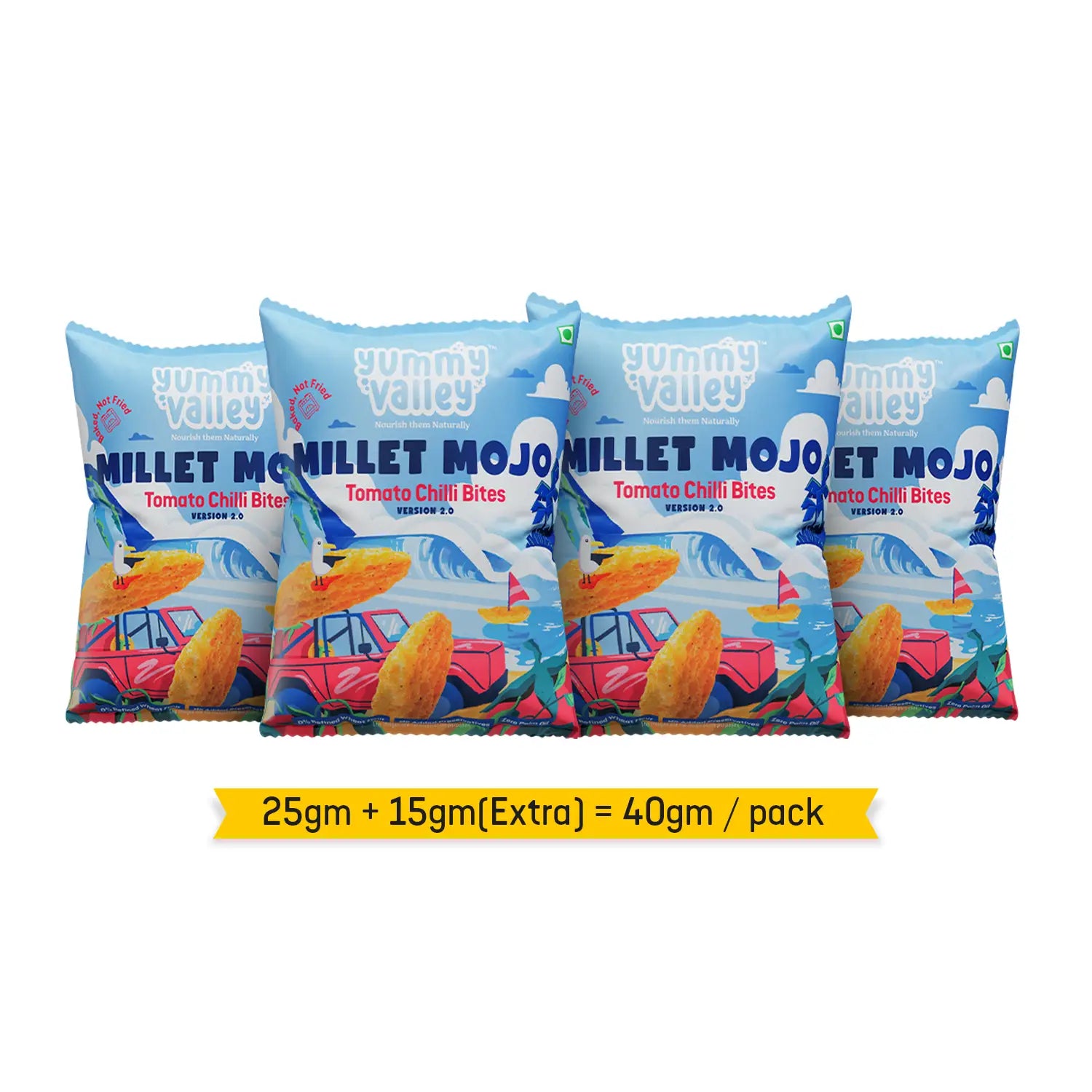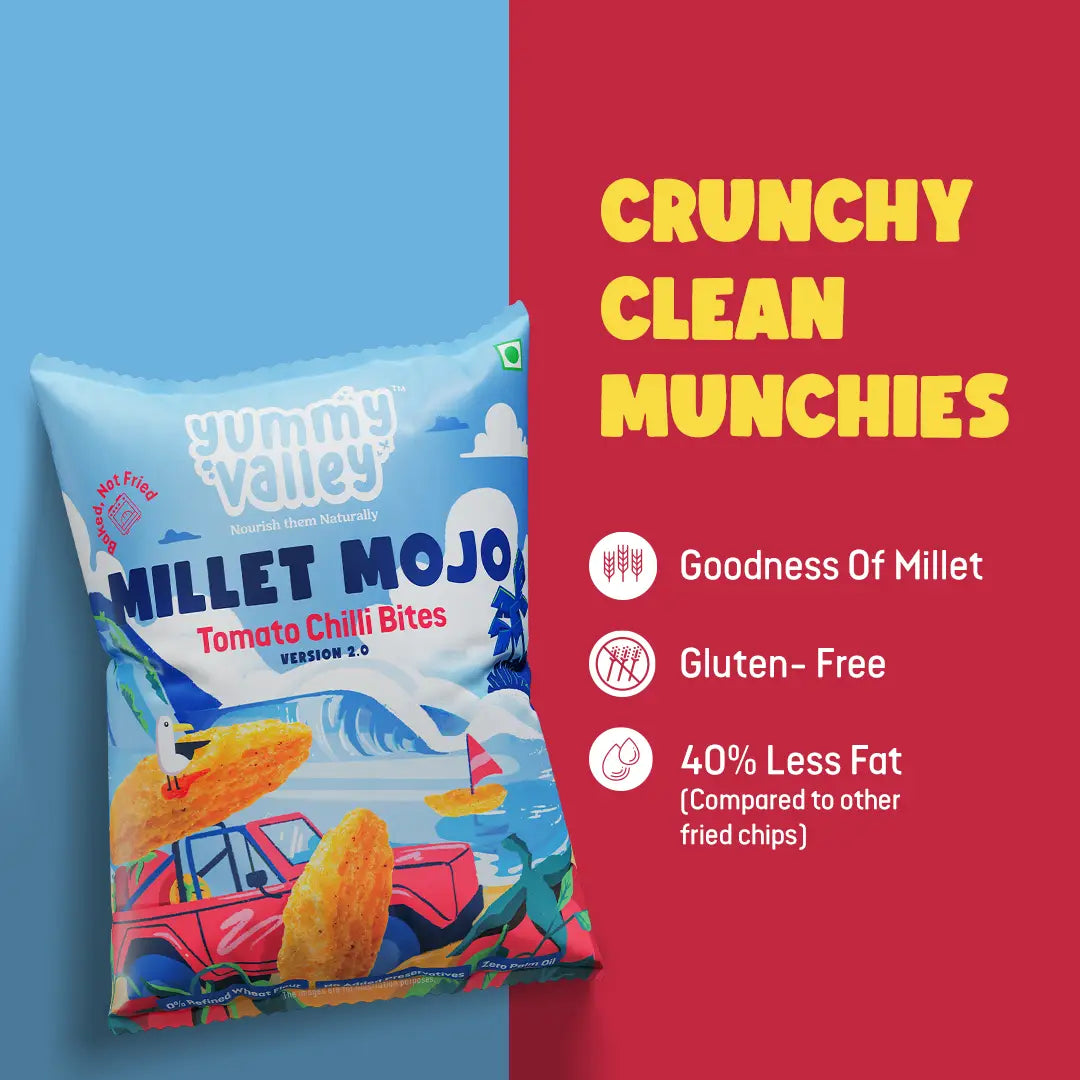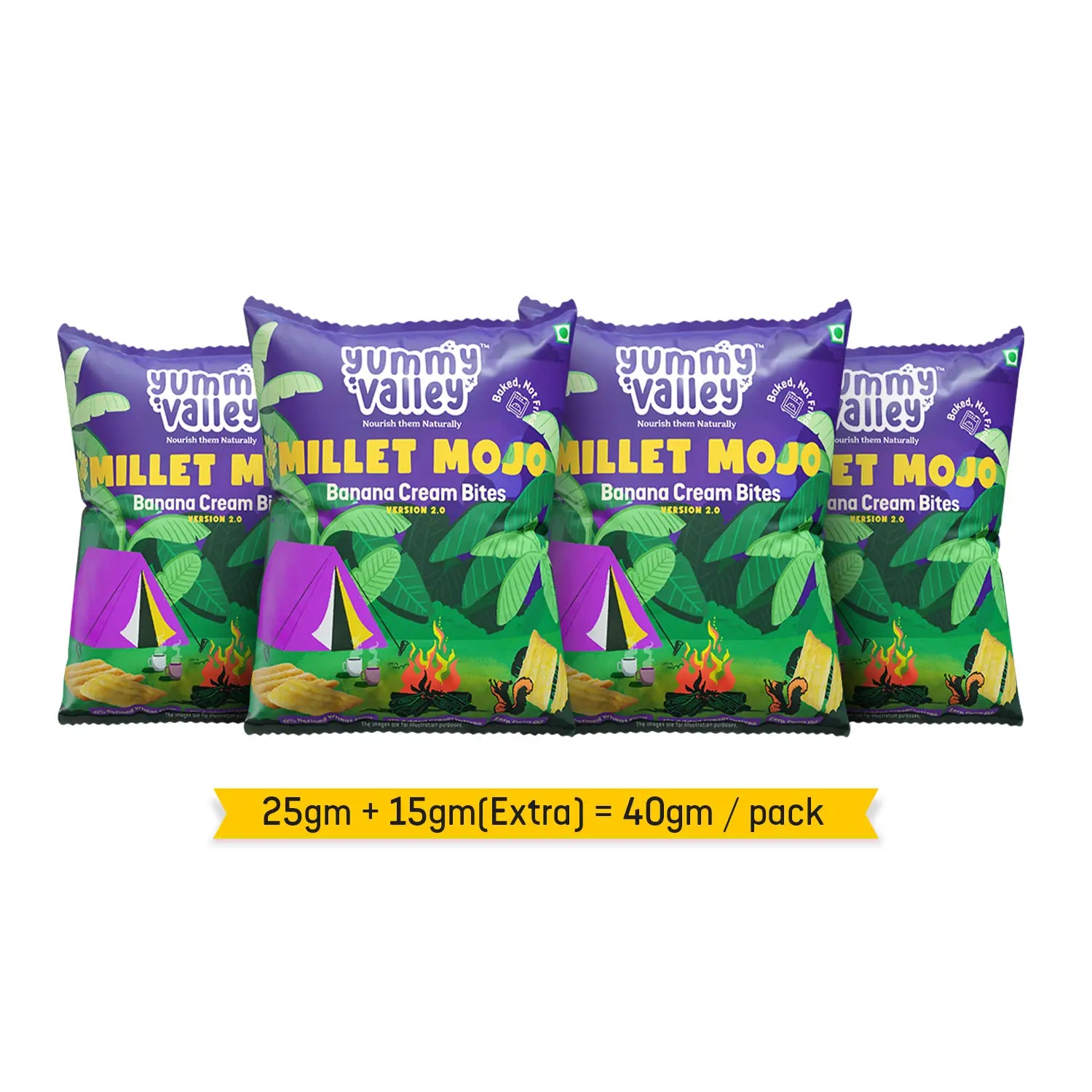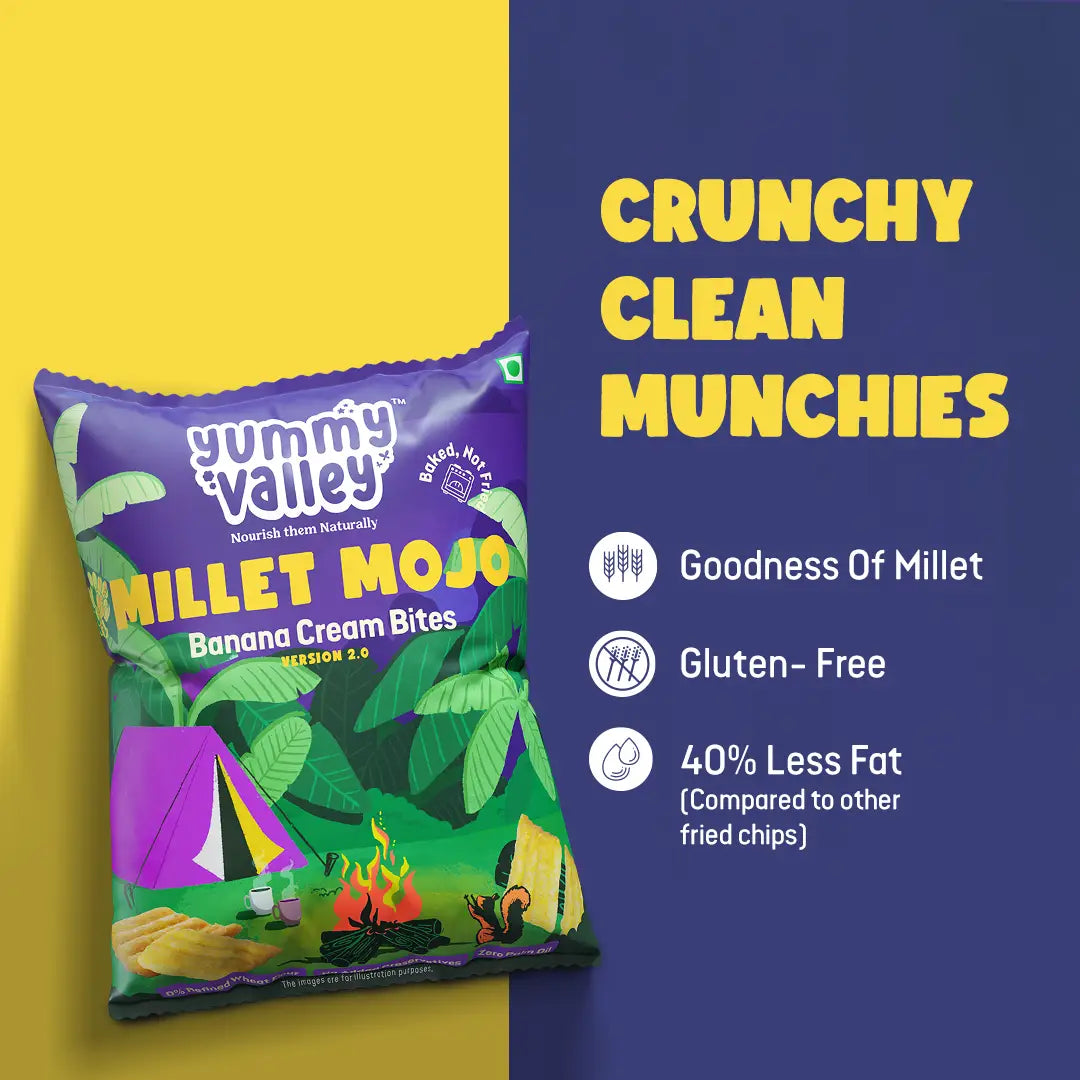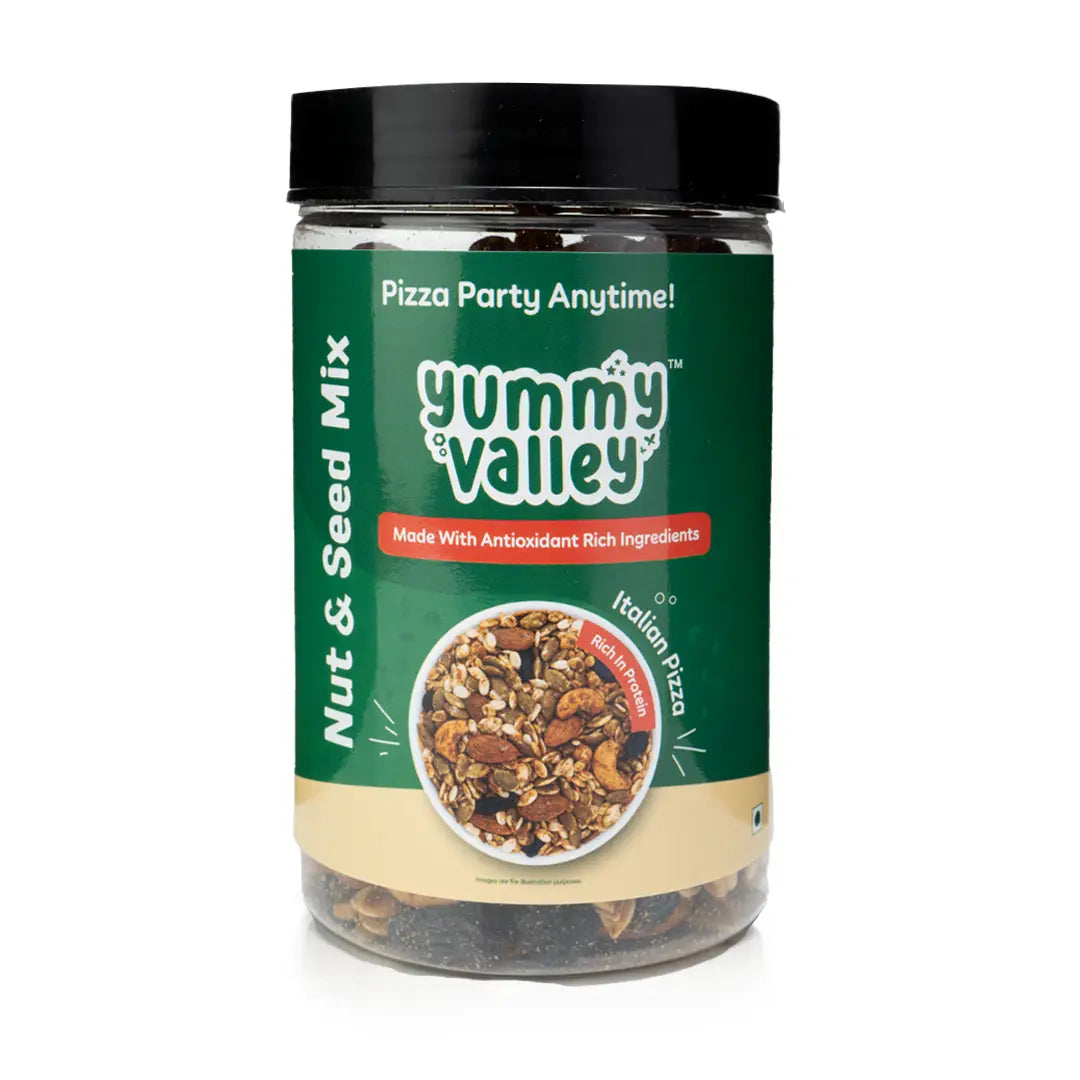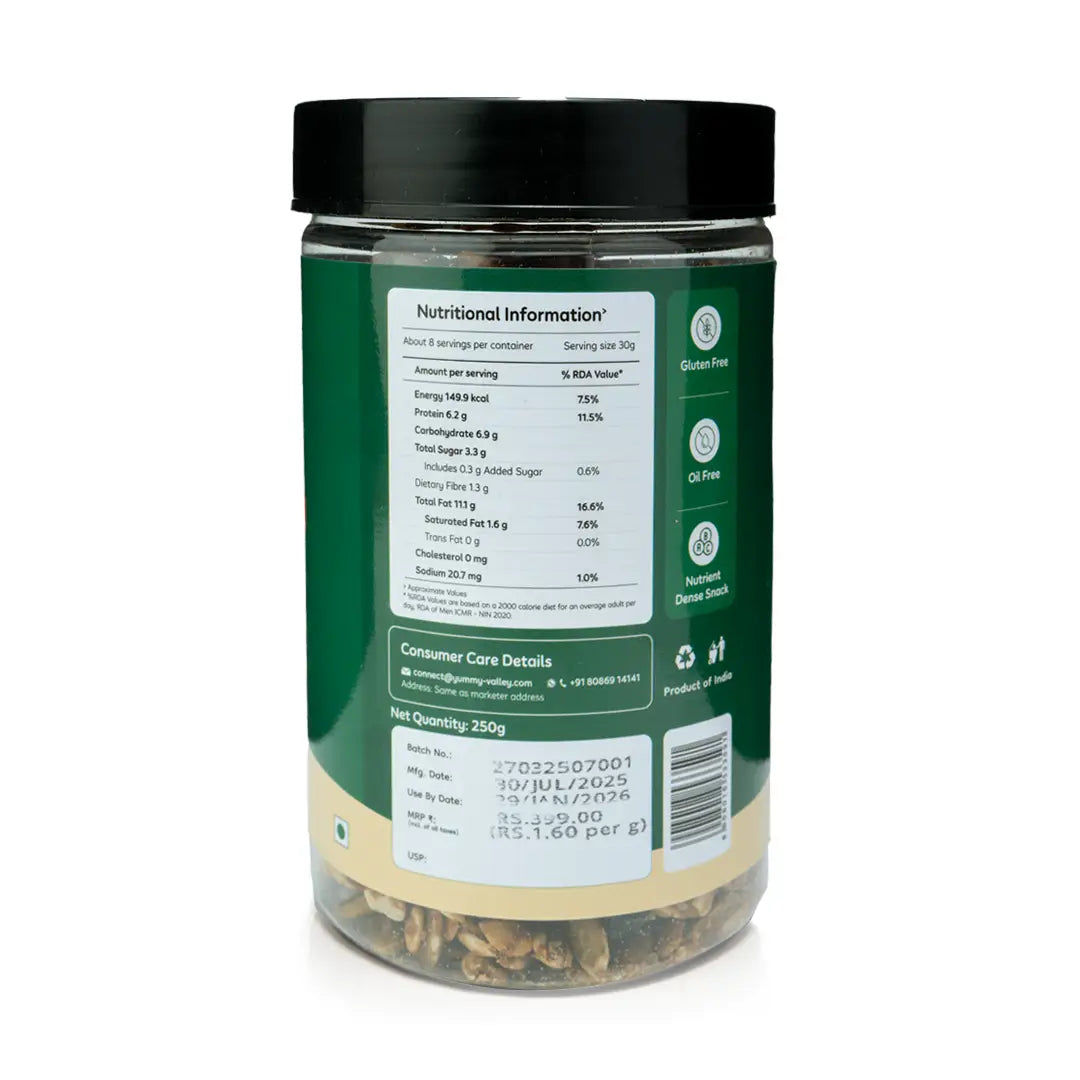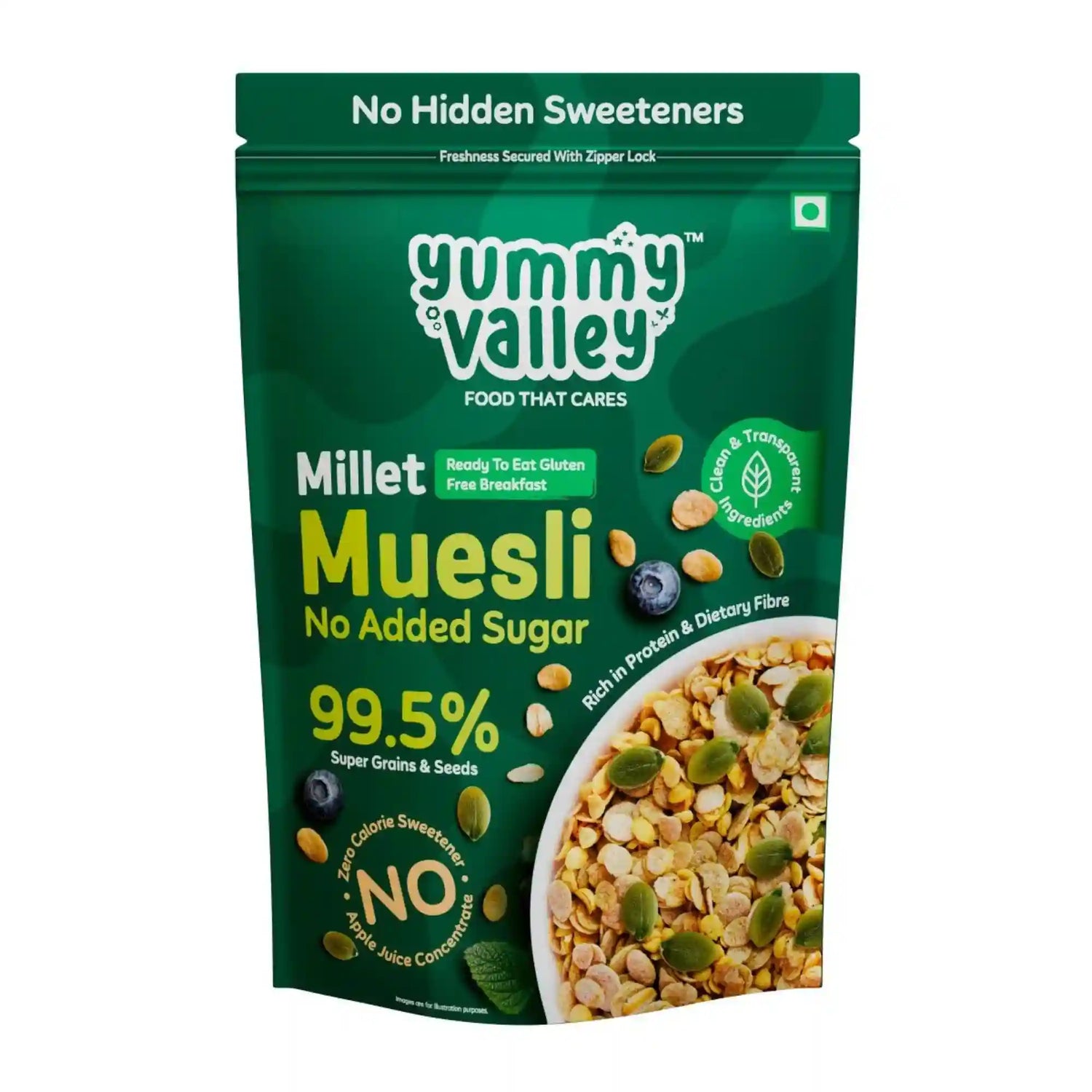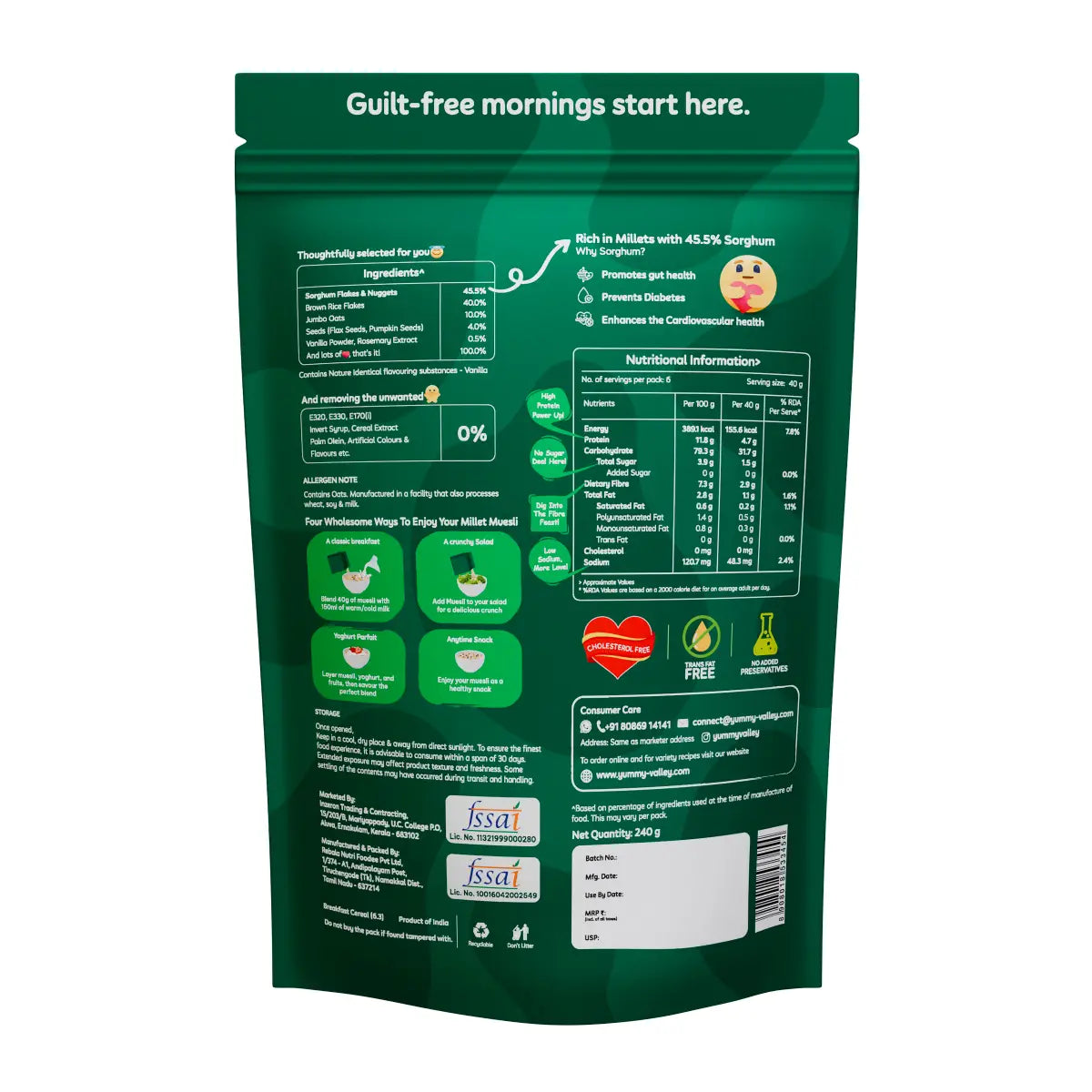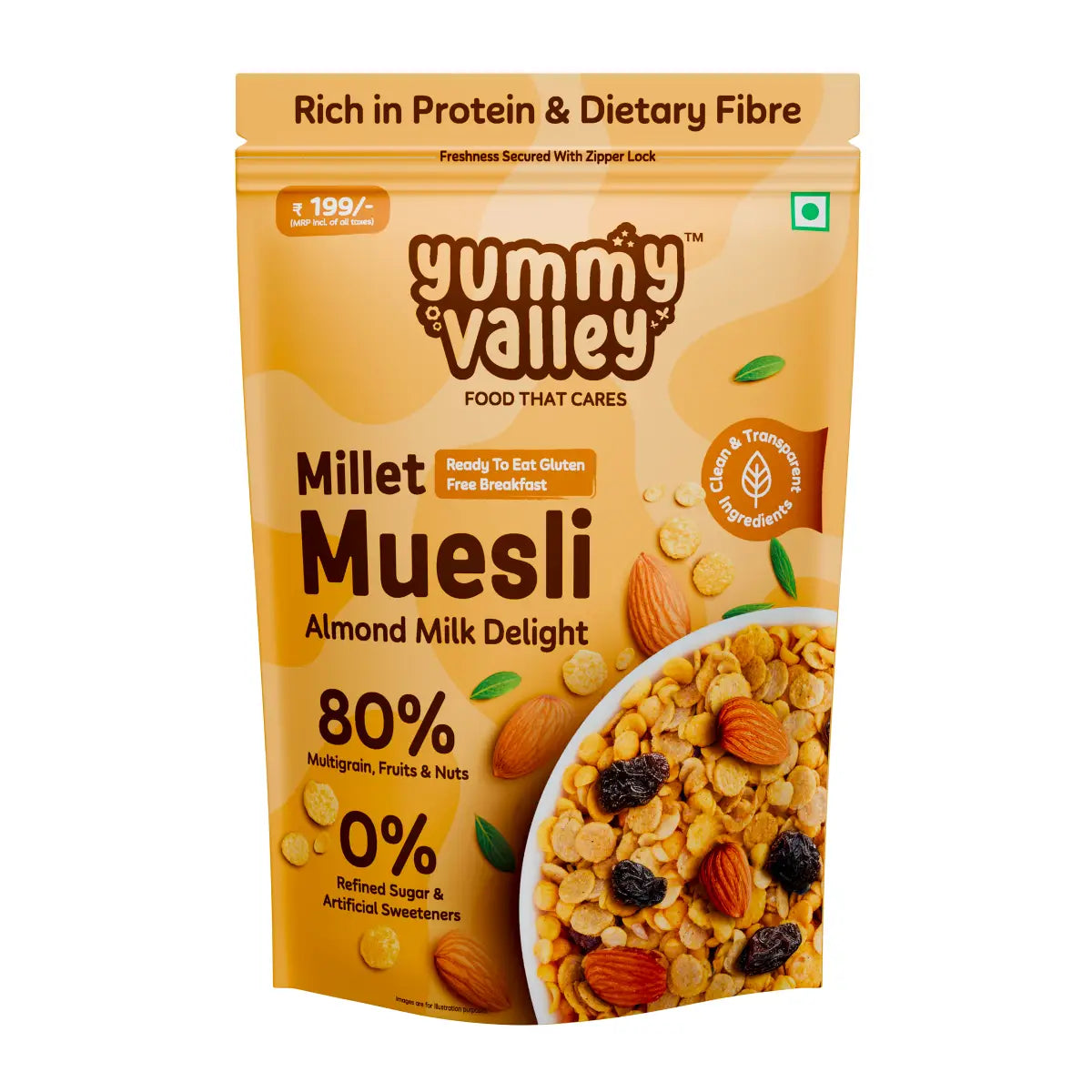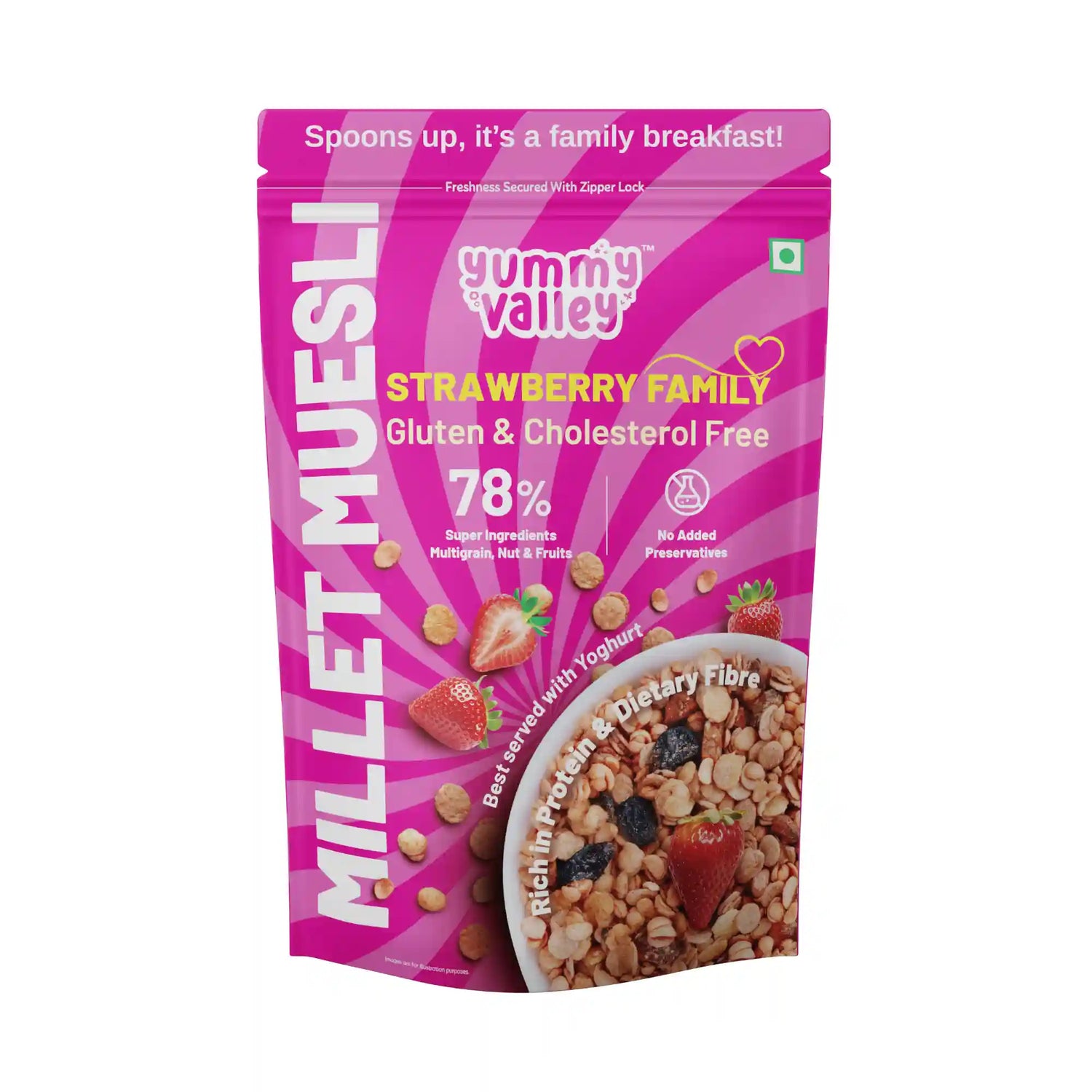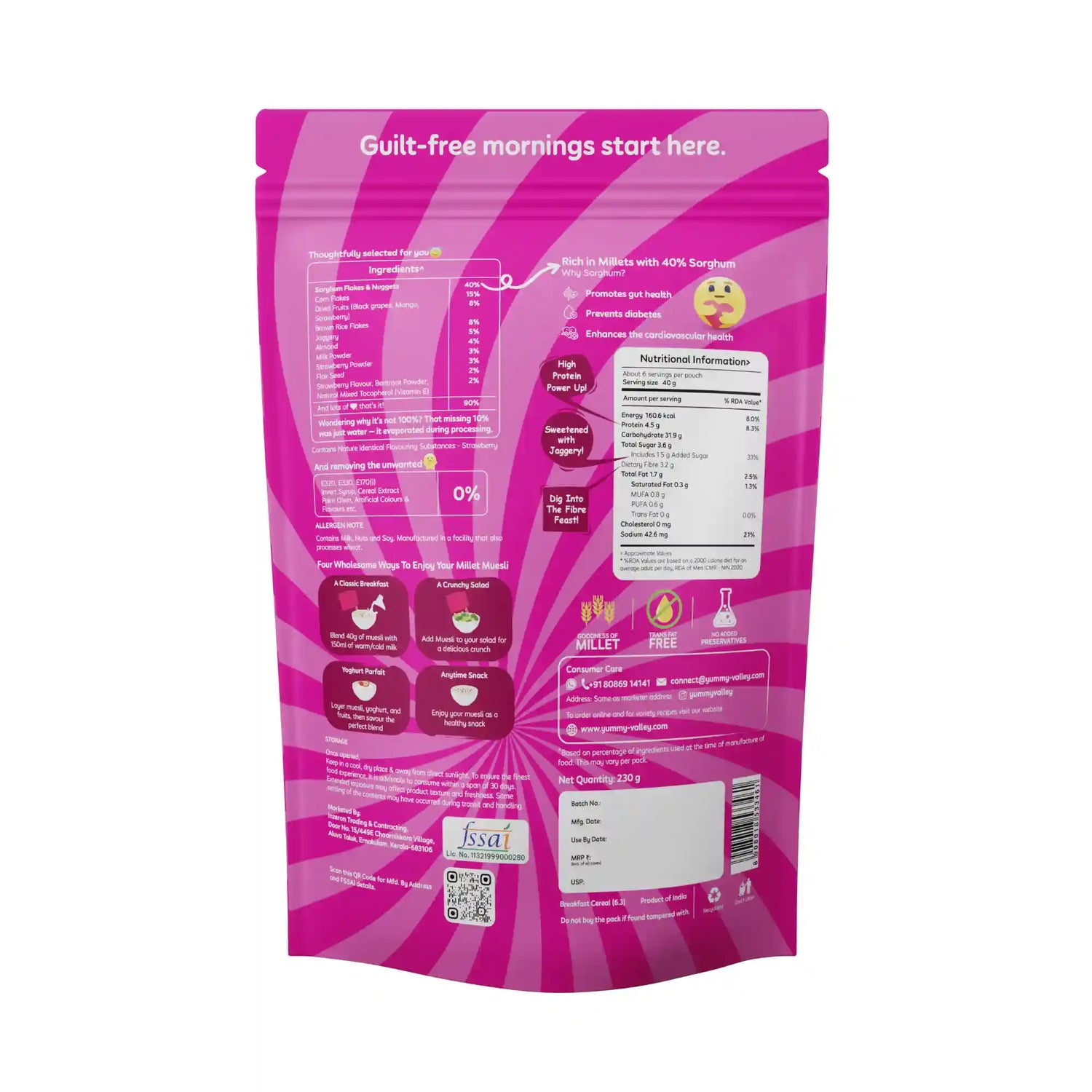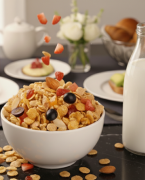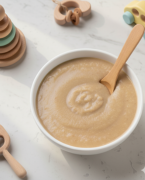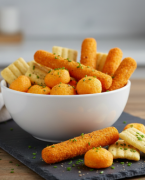We love sweets and mithai, which could be said to be the only thing that really bonds India besides festivals, films, and chai. They are not just food in any Indian household, but in a way, little bits of happiness that help in making our celebrations and our daily lives a bit warmer. We have all been brought up with our favourites, something homemade at festive time or that sweet something that is in our local shop and when you see it, you think of home. India is diverse and the diversity is not observed only in the language or tradition but also in the Indian cuisine. Each state has its creation of signature, and each of them is influenced by local ingredients, culture, and history and yet, the same simple materials, ghee, milk, nuts and fruits, may, at the same place, in different parts of the country, be turned into thoroughly different things.
Sweets are not just desserts in India they are an extension of us. They celebrate landmarks, new birthdays, and make days to seem special. They bring with them recipes of the family, childhood memories and intergenerational stories. The definition of sweets may vary depending on the culture but in India, they are associated with happiness, generosity and unity. Here, then, is a list of 24 Popular Indian Sweets and Mithais that typify the undying romance with anything sweet and each of them is a tasty and delicious version of the incredible Indian diversity.
Sweets of India
Sweets in India are not a dessert, they are a small bowl of comfort that brings back home. They are usually lighter and creamy compared to mithais and prepared in the ordinary kitchen and eaten after eating or during special events. Both of them have a taste of tradition and a touch of warmth that have the heart of their areas.
1. Mishti Doi - West Bengal
Mishti Doi is smooth, golden and tangy-sweet, and the Bengal favourite of sweetened yoghurt that is as easy as it is heavenly. Traditionally made in earthen pots, it is prepared by mixing caramelised sugar with thick milk and curd and its acid is mild which checks the sweetness of the dish. The porous clay-pot imbibes the moisture giving it a soft, earthy smell. MMishti Doi is chilled, and is refreshing, comforting and one of the most soulful creations of Bengal.
2. Chiroti - Karnataka
Chiroti is a very nice pastry that is made with maida and ghee after which it is deep fried until it turns gold and crisp and coated with powdered sugar. It is typically served warm and sugar or sweet almond milk will be poured over it in such a manner that the flavour and smell are present in every bite. Chiroti, a crispy, sweet snack, is quite popular in Karnataka festival kitchens.
3. Puran Poli - Maharashtra
Puran Poli brings sweet solace to Maharashtra and is soft, rich and with nostalgia. A delicious stuffing of chana dal, jaggery and cardamom is then put in the golden flatbread and then roasted in a tawa using a lot of ghee until it gets slightly crisp at the edges. This dessert is served during festive meals and traditionally it is accompanied by warm milk or melted ghee and it is a symbol of tradition.
4. Malaiyo - Uttar Pradesh
The old Varanasi streets have their winter speciality, which is poetically called Malaiyo, a milk foam spiced with saffron, and which tastes like swallowing a cloud. It is prepared by leaving a milk overnight to get dew and then beating into a light and golden foam and flavoured with saffron and cardamom. Nothing can be said about its texture, but it is extremely light and frothy and vanishes the moment it is on your tongue. During the cold mornings of winter it exists.
5. Adhirasam - Tamil Nadu
Adhirasam is a Christmas pastry that is served in the Tamil households and is golden, circular and somewhat chewy. It is made using fermented rice flour and jaggery and is fried in slow increments to create a crunchy bite and a tender and sweet centre. Its sharpness of ferment being small and the heat of jaggery is unique. Adhirasam is tasty, rustic and centuries old tradition which depends on the celebration of South Indians.
6. Ghewar - Rajasthan
Ghewar is a honeycomb dish comprising of flour, ghee, fried and dipped in syrup, and a visual and culinary masterpiece. It is usually topped with a layer of rabdi, saffron and nuts and is crisp, yet delicate, indulgent and delicate. Its golden colour, the elaborate design and rich sweetness of the product makes it the highlight of the Rajasthani festivals particularly in Teej and Raksha Bandhan.
7. Rasabali - Odisha
Rasabali is made up of flattened discs of fried chhena dipped in thick, sweetened milk and this simplicity is taken to profligacy. The fried bottom then absorbs the milk until it becomes soft, creamy and lightly cardamom fragrant. It is a meal that is not too rich and yet very warm, with a flavour that is warm and quite fulfilling. Each bite takes one back to Odisha and its dairy art and affinity to traditional sweets.
8. Basundi - Gujarat
Basundi is decadently creamy, exquisitely fragrant and slowly cooked milk, which is thickened in to a smooth and rich dessert. It is also spiced with saffron, nutmeg, and cardamom, and topped with chopped nuts and is best served on ice. What results is a creamy texture, a hint of spices and sweetness, a kind of dessert that is a finishing to the Gujarati festivals.
9. Pootharekulu - Andhra Pradesh
Pootharekulu are referred to as paper sweets, are made of soft crepes of rice-starch filled with ghee and sugar. They are paper-thin, and are so delicate that they near breaking down when you chew into them, but are sweetness inside. All of them are crafted manually with great attention in the Godavari area, which can really be described as a masterpiece of skill and tradition. Light, crisp and not like anything else, Pootharekulu is a gorgeous combination of art and taste.
10. Khaja - Bihar
The Khaja is coated, crunchy, and shining with syrup and this is what is the delicacy of Bihar during the festivities. A right mix of crunchiness and tenderness is made by rolling thick dough, frying it and dipping the dough in sugary syrup. It especially enjoys large scale success during weddings and fairs when the smell of butter fills the air. Khaja does not merely taste sweet but it is also a symbol of happiness and prosperity.
11. Bebinca - Goa
Bebinca is a registered Goan seven-layered meal and is prepared thoughtfully and patiently. These layers are baked in separate layers with a coconut milk, jaggery, flour, eggs and ghee in order to give the dark brown gradient of the dessert. It is a sticky pudding and it contains caramel in it, on top of being glossy. Bebinca is a delicious Goan cuisine, which is typically consumed at festivals and Christmas.
12. Ada Pradhaman - Kerala
The most famous festive pudding of Kerala is Ada Pradhaman, full of creamy and relaxing ingredients and most importantly it is quite comfortable. It is made of flakes of rice (ada) and jaggery, and several coconut milk, of warm caramel color and scents like nuts. It is also spiced with cardamom and roasted cashews and the coconut milk makes it have the smooth texture. It is a dessert served at Onam and place feasts in temples; it is a Kerala tradition and hospitality of the Kerala people.
Mithais of India
The sweets of grand celebration are the Mithais in India and they are rich, indulgent, and prepared with love, patience, and plenty of ghee. They decorate our homes during festivals, marriage, and other events and they signify affluence, luck, and history. Mithai can be of various kinds each being a delicacy that is made by various states and passed down through generations.
1. Sandesh - West Bengal
Sweet, delicate and most delightful, Sandesh is the queen, the poetry of Bengal in sweetness. It is made by mixing fresh curdled chhena with the sugar and then rolled into small discs or other fancy shapes. Some of them are prepared using date palm jaggery that makes it taste more caramel and that complements the creaminess of the cheese. Light, soft and melt-in-the-mouth Sandesh will attest that even the most basic of ingredients can create something quite spectacular, the taste of Bengal.
2. Mysore Pak - Karnataka
Mysore Pak was born in Mysore in the royal kitchens and it is rich, golden, and aromatic. This mithai is prepared using gram flour, sugar and an unapologetic quantity of ghee and its texture is crumbly and can be melted with a single bite in the mouth. It has a high percentage of nuts and a slow roasting process that leaves it with a crisp toasty aroma that is immediately recognisable. It is sweet, warm and lavish and the type of treat that represents the royal Karnataka and the spirit of festivity.
3. Modak - Maharashtra
The steamed Ganesh Chaturthi favourite gift is called Modak, which is a symbol of devotion. The wrapping of rice-flour breaks open the inward contents of warmness, of coconut, jaggery and cardamom, tender and sticky in the most comforting manner. The steamed one, ukadiche modak, is transparent with a sensitive smell, which spreads the warmth of Maharashtrian houses. It is not a mithai, but it is emotion, tradition and happiness with each bite.
4. Peda - Uttar Pradesh
Huge, tiny and thick Peda is a mithai prepared with khoya which is cooked slowly in sugar and cardamom. It is soft and slightly grainy with a beautiful caramelised aroma that one can not resist. Peda is a sacred dish in the tradition of North India that is sold in temples and during festivals. The legendary Mathura Peda that has a strong scent and rich colour has been a symbol of pure indulgence across generations.
5. Srivilliputhur Palkova - Tamil Nadu
Palkova of Srivilliputhur is a confection made of milk that is baked slowly over the hours to become thick, dense and sticky like milk fudge. It is a simple product and needs two ingredients milk and sugar and that is a true test of time and technique. The result is thick creamy texture and a hint of caramel and an invigorating aroma. This mithai is pure and so made that it demonstrates the Tamil Nadu passion of purity and craftsmanship.
6. Kalakand - Rajasthan
Kalakand is a perfect and warm, moist and balanced Rajasthani food, which is prepared by blending the milk and paneer and boiling them until thick and grainy. One cannot resist its sweetness that is mild, smell of cardamom, and sprinkling of crushed pistachios. Its creamy body has a lovely chew because of its slight caramelisation of its edges. Kalakand is a similar celebration, indulgence, generosity, full of warmth that exists in the state of Rajasthan.
7. Chhena Poda - Odisha
Chhena Poda literally translates to baked cheese and is, by far, the most representative Odishi creation. Jaggery or sugar, cardamom, semolina are added to fresh chhena and then baked until caramelised and brown on the surface. A crust of smoked kettle is placed against its tender, pudding-like interior giving it a rustic appearance. Chhena Poda is said to have been accidentally discovered, a fortuitous one that has made Odishi proud of her sweet.
8. Mohanthal - Gujarat
Mohanthal is rich, nutritious and aromatic, and a festival favourite, which stuffs Gujarati houses during Diwali. It is prepared using roasted gram flour, ghee and sugar syrup, and flavored using saffron and cardamom and generously sprinkled with nuts over it. It is roasted slowly hence its grainy texture and rich aroma, and it is toffee warm. Mohanthal is the type of mithai which melts in hearts in bites.
9. Bandar Laddu - Andhra Pradesh
Bandar Laddu is golden and nostalgic and was first made in the town of Machilipatnam which is situated along the coast. It is cooked with gram flour, ghee and a particular jaggery syrup, it is made soft and smooth as compared to the majority of the laddus, it possesses a plain surface and sweet nutty scent. It is a sumptuous tasting, balanced taste and the melt in mouth feeling makes it memorable. Bandar Laddu is one of the customs experienced throughout Andhra Pradesh, a reminiscence, remembrance and candy all in one beautiful ball.
10. Tilkat - Bihar
Tilkat is very nutritious, crunchy and wholesome and the pride of Bihar during the winter. It is cooked with toasted sesame seeds combined with jaggery and it is easy and yet very good. The scent of the roasted sesame is good to the sweet caramel aroma of jaggery hence it is healthy and highly relaxing. The meal is known as Tilkat, which is especially eaten during Makar Sankranti and a sign of closeness, companionship and custom.
11. Kaju Barfi - Goa
Kaju Barfi is smooth, shiny and very luxuriously soft and it is prepared by grounding cashew nuts in a fine paste and mixing the paste with sugar syrup and ghee. The Goan form that has been prepared using its local cashews tastes particularly fragrant and creamy. It is a mithai that is festive yet not a festival, elegant, uncomplicated and classic topped with a layer of edible silver leaf.
12. Dharwad Pedha (Kerala)
Though its roots lie in Karnataka, Dharwad Pedha has found a sweet place in northern Kerala too. Made by simmering milk for hours until it thickens and caramelises, it’s rolled in fine sugar for a delicate crunch. The flavour is deep, earthy, and slightly tangy, a testament to the beauty of slow cooking. It’s a mithai that proves perfection takes patience and a lot of stirring.
Conclusion
India will truly be able to tell more stories about sweets as well as desserts than any other location in the globe, which has its own story, a little bit of nostalgia, and plenty of love. Light, sweet dishes that are cooked to celebrate the great events and creamy dishes cooked after working hard all day, in every meal, there is the heart and multiculturality of the nation. They are not recipes but are memories that are given, traded and glorified. After all, it is a nation that adores everything that is sweet, not just sugar itself but all around it, the culture, the feelings and the mere joy of tasting this life, bit by bit.
FAQ
What are the most popular sweets in India?
Some of India’s most loved sweets include Mishti Doi, Puran Poli, Basundi, Ghewar, and Bebinca, each bringing a unique regional flavour and charm.
What are the names of the white Indian sweets?
White or pale-toned favourites from our list include Malaiyo, Chiroti, Basundi, and Sandesh, though there are many others across India that showcase the beauty of simplicity and creaminess.
What are traditional sweets?
Traditional sweets are those age-old Indian desserts made for festivals and family gatherings, often prepared with milk, jaggery, ghee, and nuts, but the real magic lies in how each region gives them its own twist.
